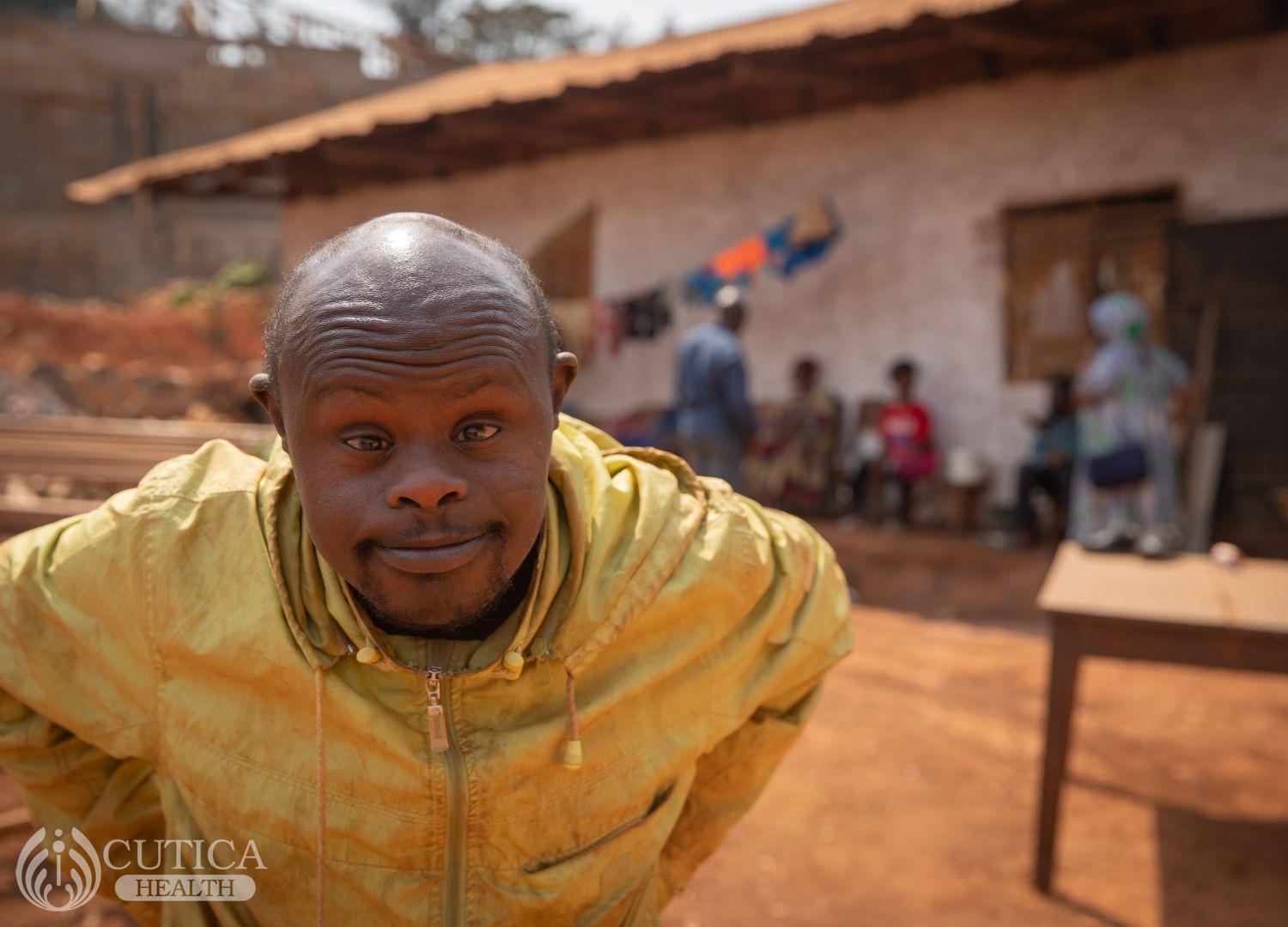Megan is a cheerful 6-year-old girl with beautiful almond-shaped eyes and a contagious smile. She loves to play dress-up and dance to music with her friends. In addition, she has Down syndrome, a genetic condition that affects her development and learning abilities.
What is Down Syndrome?
Down syndrome is a genetic disorder caused by the presence of an extra copy of chromosome 21. Each cell in the body typically has 23 pairs of chromosomes, but people with Down syndrome have three copies of chromosome 21, leading to specific physical and intellectual features.
Physical Features of Down Syndrome
One of the most noticeable physical features of Down syndrome is the facial appearance, which includes a flat nasal bridge, a small head, slanted eyes, and a small mouth. People with Down syndrome may also have shorter stature, neck, and fingers.
Health Conditions Associated with Down Syndrome
People with Down syndrome are more prone to certain health conditions, such as
- Congenital heart defects
- Hearing and vision problems
- Thyroid disorders
- Gastrointestinal issues.
- They may also have a weaker immune system, making them more susceptible to infections.
- People with Down syndrome may have varying degrees of intellectual disability, ranging from mild to moderate. They may have difficulties with memory, attention, and language skills but can still learn and develop skills with appropriate support and resources.
Early Intervention and Treatment
Early intervention and treatment can significantly improve the quality of life for people with Down syndrome. This includes therapy sessions to help with speech and language development, motor skills, and behaviour management. Medical interventions such as surgery or medication may also be necessary to manage health conditions.

Addressing Social Challenges of People Living with Down Syndrome
1.Education and Inclusion
Education and inclusion are important aspects of supporting people with Down syndrome. Children with Down syndrome can attend mainstream schools and benefit from inclusive education programs. Special education teachers and support staff can provide individualised learning plans and accommodations to help them succeed.
2. Employment and Independence
With the proper support, people with Down syndrome can also have meaningful employment and live independently. Vocational training programs and job coaches can help individuals with Down syndrome acquire job skills and find employment opportunities that match their interests and abilities.
3. Supporting Families and Caregivers
Families and caregivers of people with Down syndrome may face unique challenges and stressors. Support groups and counselling can provide emotional support and practical resources to help them navigate these challenges and advocate for their loved ones.
Changing Perceptions and Stereotypes
Negative stereotypes and misconceptions about Down syndrome still exist, leading to discrimination and exclusion. It is crucial to raise awareness and promote a more positive and inclusive view of Down syndrome, recognizing the strengths and contributions of individuals with Down syndrome to their communities.

Conclusion
People with Down syndrome have unique physical and intellectual characteristics but can lead happy and fulfilling lives with the proper support and resources. Early intervention, inclusive education, vocational training, and supportive communities can promote the well-being and independence of individuals with Down syndrome. Changing perceptions and stereotypes can create a more inclusive and accepting society for everyone.


